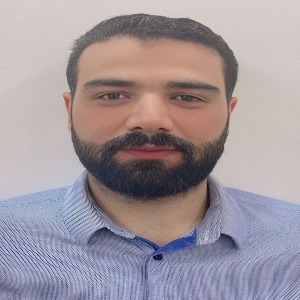Title : Foraminotomy versus ACDF for proximal foraminal stenosis project
Abstract:
Background: There is still controversy in the literature over whether Cervical Foraminotomy or Anterior Cervical Discectomy and Fusion (ACDF) is best for treating cervical Radiculopathy. Numerous studies have focused on the respective complication rates of these procedures and outcome measures with a lack of due consideration to preoperative MRI findings. Proximal foraminal stenosis can theoretically be accessed via either approach. We aimed to investigate whether Patient Reported Outcome Measures (PROMs) favoured one approach over the other in patients with proximal foraminal stenosis.
Results: PROMs scores were available for 33 ACDF patients and 37 Foraminotomy patients. Average surgery time in ACDF group was 167 minutes while Foraminotomy 142 minutes. Average Length of hospital stay was 6.24 days in the Foraminotomy group and 3.54 days in the ACDF group. 18 patients were excluded due to having both surgeries (2 of which developed CSF leaks postoperatively). Of the included patients there were no postoperative complications. 13 patients in the ACDF had Central or Paracentral stenosis in addition to proximal Foraminal stenosis, 3 patients in the Foraminotomy group had some significant Paracentral herniation just before the Proximal foramen. The majority of patients in both groups had pure proximal Foraminal stenosis (N=17 (ACDF), 20 (Foraminotomy). The results showed no significant difference in PROMs between patients who received an ACDF or a Foraminotomy for Proximal foraminal stenosis (EQ5DL, NDI, and satisfaction, P=0.268, 0.253 and 0.327). There was no correlation between location of the stenosis and PROM scores in either group.
A single centre retrospective review of patients undergoing either ACDF or Cervical foraminotomy over the period 2012 to 2022. VAS, Neck Disability Index (NDI), EQ5DL and Patient Satisfaction on a Five Point Likert scale were obtained. Patients who had both an ACDF and a Foraminotomy were excluded. Axial MRI images were analysed and the location of the worst clinically relevant disc herniation stratified as follows: Central (1), Paracentral (2) and Foraminal (3). Correlations and average PROMs were analysed in SPSS.




